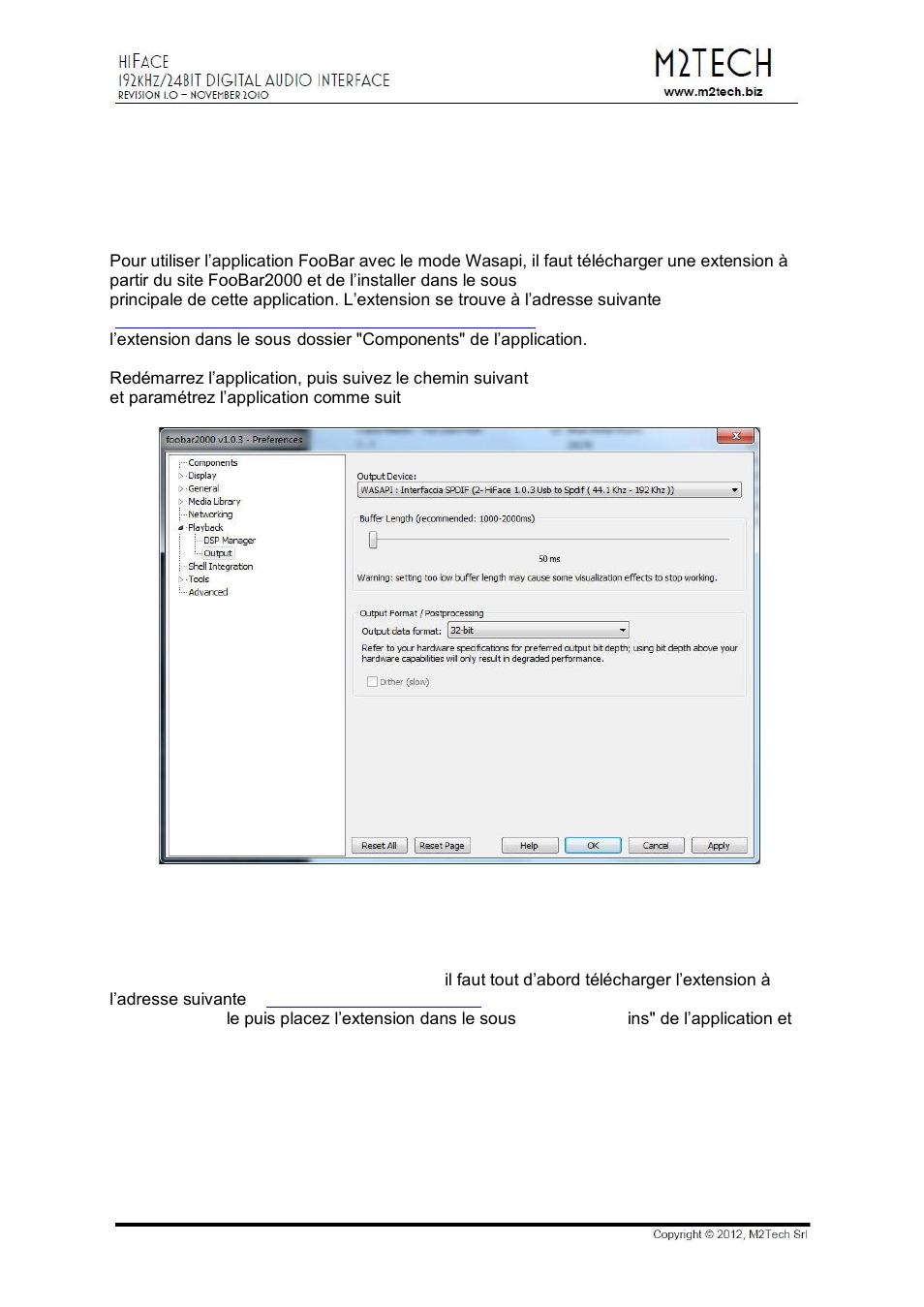In preferences go to playback, and 'allow 24-bits'. Then go to output, and if you did everything right you should see the 'maiko WASAPI output' - Press 'configure'. This is (aprox.) what you should see: Choose what device you are using for source (soundcard or DAC), and close the window. The WinAMP WASAPI output support component allows you to play your music using WASAPI exclusive or shared mode. WASAPI is an audio output method introduced in Windows Vista; among other things, it provides an exclusive mode that allows applications to take full control over soundcard's resources (muting any sounds played by other applications) and play unaltered bitstream without passing it. Winamp Wasapi is a new audio output method, it provides an exclusive mode that allows Winamp application to take full control over software soundcard resources and play cleared bitstream without passing it through the Windows mixer.
Mitch,Topics for mac. Here's a couple of alternatives for you:
First of all, you need a standalone VST Host. For instance Bidule from
Plogue.
I also use the Maiko WASAPI Plug-in for exclusive mode. I use WinDVD Pro 11 for retail DVD playback (no Blu-rays for me yet), and I use Audio Creation Mode for this as well and I actually DON'T use any Graphic EQ for my movies because I have discovered that they all have a beautiful sound without any. 2 best maiko wasapi plugin alternatives for Windows, Mac, Linux, iPhone, Android and more. Maiko Wasapi Plugin alternative list source: maiko.elementfx.com.

The VST host (and the convolver plugin) sits between inputs and outputs on
How to install multiman on ps3 from usb. the sound card. You decide which inputs and ouputs.
Alternative A: If you have at least two (for stereo) extra outputs available
on your sound card (e.g. SPDIF out) you can choose that output for those
sources and loop it back to an available input. This can be done with an
SPDIF cable if you have spdif in and out available. But some cards have
rerouting included in their driver & software so you can do this without
real cables. Then you hook up the VST host and the VST plugin to take the
audio from the SPDIF input, process it and send it to the speakers. You
should use Asio inside the VST environment if you can. And you have to use
windowsMME, direct sound or Wasapi between the other players and the sound
card.
Alternative B: If you don't have extra outputs available try this:
Virtual Audio Cable(VAC). Configure a stereo cable and use this as the
'output channels' for the other sources. Use the Asio wrapper Asio4All, and
configure it so that VAC is the input and your real sound card is the
output. Then choose VAC as sound card in the VST host. Be aware that VAC is
clocked by the operative system and not by the sound card, so there may be
glitches in the Audio. But you can adjust the playback speed in VAC and you
can also use large buffers in the sound card and in the VST host. And that
usually gives you glitch free playback. This rendering path may not be bit
perfect, since the windows mixer will be in the path, so alternative A is
better if you have the hardware capabilities for it.
Once you've got it working you can save the setup in the VST host so it will
be easy to use the next time.
You will have to shut down JRiver when you use the VST host and you have to
shut down the VST host when you use JRiver. They both run in exclusive mode.


Also, there are a few dynamic link library files (dll's) that sits in the
Convolver folder that you probably have to copy over to the VST program
folder to make ConvolverVST work. Libsnd.dll, ffftw.dll and perhaps one
more. How to find the mac id for an lg hbs 780.
It can be a bit tweaky to make this work so I hope someone with such a setup
can contribute with their experiences here.
